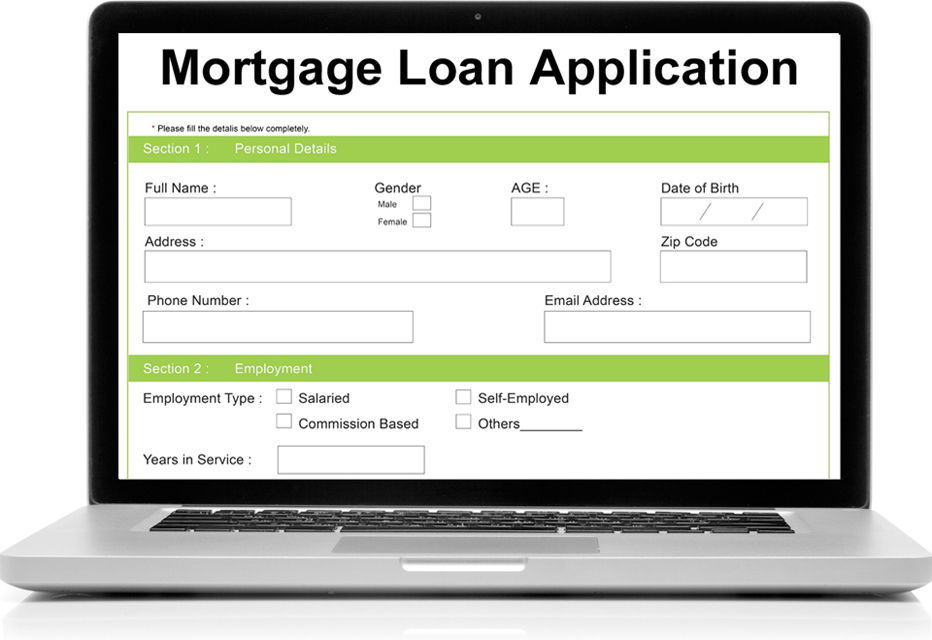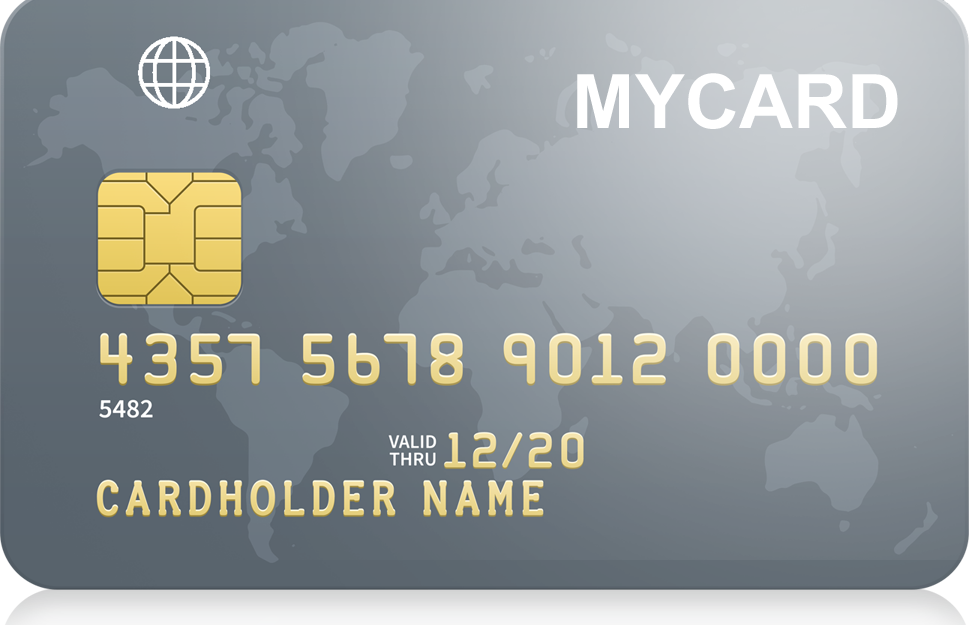August 21, 2012 (Jeff Alan)
Default rates on first mortgages in July remained unchanged from June while increasing slightly on second mortgages, but lower default rates in both auto loans and bank cards helped push the S&P/Experian Consumer Credit Default Indices national composite down from 1.52 percent in June to 1.51 percent in July.
First mortgage default rates remained at their five year low of 1.41 percent in July, unchanged from June. It was the first time in seven months that first mortgage default rates have not declined. Default rates on second mortgages increased slightly last month, rising from 0.73 percent in June to 0.75 percent in July, still remaining near their eight year low.
Mortgage default rates have been steadily declining since 2009 when second mortgage default rates peaked at 4.66 percent in July of that year, followed several months later by first mortgage defaults which peaked at 5.67 percent in August of the same year.
A year ago, the default rate on first mortgages was 1.93 percent, and for second mortgages, the default rate was 1.25 percent.
Default rates on bank cards declined, falling from 3.97 percent in June to 3.83 percent in July, while default rates on auto loans also declined, falling from 1.04 percent in June to 1.01 percent in July.
David M. Blitzer, Managing Director and Chairman of the Index Committee for S&P Indices, stated, “While continuing to show decreasing default rates, most of the changes in July were small compared to the magnitude of decline we had seen in the first six months of the year. Consumer default rates showed small movement from June to July, in most cases the trend continued down or flat, as the consumer’s financial condition continues to improve.”
Only two out of the five Metropolitan Statistical Areas (MSAs) saw their default rates decline in the monthly Indices with New York posting the largest decline in default rates, falling 0.15 percentage points to 1.49 percent in July from 1.64 percent in June. In July 2011, the default rate in New York was 1.80 percent.
Miami posted the only other decline, falling 0.05 percentage points to 2.39 percent in July from 2.49 percent in June. A year ago the default rate in Miami was 5.37 percent.
The default rate in Dallas climbed by 0.11 percentage points to 0.98 percent in July from 0.87 percent in June but was still down from a year earlier when the default rate stood at 1.60 percent.
Los Angeles reported a 0.07 percent gain in its default rate, increasing from 1.60 percent in June to 1.67 percent in July, A year ago, the default rate in Los Angeles was 2.15 percent.
The default rate remained unchanged at 1.84 percent in Chicago and was down from 2.54 percent a year ago
Tags: S&P, Experian, Consumer Credit Default Indices, mortgage default rates, auto loan default rates, bank card default rates
Source:
S&P/Experian



